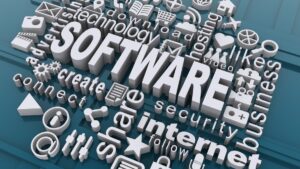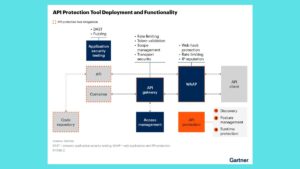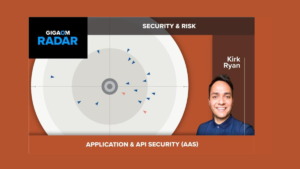7 Ways to Automate HR Processes

In today’s fast-paced business environment, Human Resources (HR) departments are increasingly tasked with managing complex operations while also enhancing employee engagement and satisfaction. Automating HR processes can streamline operations, reduce administrative burdens, and allow HR professionals to focus on strategic initiatives. Here are seven effective ways to automate HR processes that can drive efficiency and improve organizational performance.
1. Implement Applicant Tracking Systems (ATS)
Recruitment can be a time-consuming process, but an Applicant Tracking System (ATS) can significantly streamline it. ATS software automates the collection and organization of resumes, enabling HR teams to easily filter candidates based on predefined criteria.
Benefits:
- Faster Screening: Quickly identify top candidates using automated filters.
- Centralized Communication: Keep all candidate interactions organized for better collaboration.
- Improved Candidate Experience: Simplify the application process, making it user-friendly for applicants.
2. Automate Onboarding Processes
A well-structured onboarding process is critical for new employee success. Automating onboarding workflows ensures that new hires receive essential information, documents, and training in a timely manner.
Benefits:
- Consistency: Ensure every new hire experiences a standardized onboarding process.
- Reduced Administrative Work: Automate paperwork and compliance forms to free up HR resources.
- Enhanced Retention Rates: A smooth onboarding experience contributes to higher employee satisfaction and retention.
3. Utilize Self-Service HR Portals
Self-service HR portals empower employees to access their information, update personal details, and manage benefits independently. This reduces the volume of inquiries to HR and promotes autonomy among employees.
Benefits:
- Employee Empowerment: Allow employees to take charge of their information and requests.
- Decreased HR Workload: Reduce repetitive inquiries regarding payroll, benefits, and policies.
- Data Accuracy: Enable employees to update their information, ensuring it remains current and accurate.
4. Automate Time and Attendance Tracking
Accurate time and attendance tracking is essential for payroll and compliance, but it can be labor-intensive. Automated time-tracking software can streamline this process and enhance accuracy.
Benefits:
- Error Reduction: Minimize manual errors and discrepancies in time reporting.
- Real-Time Insights: Access up-to-date data on employee attendance to inform resource allocation.
- Simplified Payroll Processing: Automate payroll calculations based on tracked hours, reducing administrative tasks.
5. Enhance Performance Management Systems
Performance reviews are vital for employee development, but they can often be cumbersome. Automating performance management allows for standardized evaluations and real-time feedback.
Benefits:
- Ongoing Feedback: Facilitate continuous feedback instead of waiting for annual reviews, fostering a culture of improvement.
- Goal Alignment: Automate goal-setting processes to ensure they align with organizational objectives.
- Data-Driven Insights: Utilize performance data to identify training needs and recognize top performers.
6. Leverage Learning Management Systems (LMS)
Training and development are essential for employee growth. An LMS can automate the delivery of training materials, track employee progress, and facilitate skill development.
Benefits:
- Personalized Learning Paths: Tailor training programs to meet individual employee needs.
- Centralized Resources: Provide easy access to training materials and assessments.
- Progress Tracking: Monitor employee engagement and completion rates for effective follow-up.
7. Implement HR Analytics for Strategic Decision-Making
Data-driven decision-making is crucial in HR. Automating HR analytics can provide valuable insights into workforce trends, employee satisfaction, and talent management.
Benefits:
- Predictive Insights: Identify trends and potential issues before they escalate, such as turnover risks.
- Enhanced Reporting: Automate reporting processes to provide stakeholders with timely insights.
- Strategic Workforce Planning: Use data to inform talent acquisition strategies and workforce development initiatives.
Conclusion
Automating HR processes can significantly enhance efficiency, improve employee experiences, and free up valuable resources for strategic initiatives. By implementing these seven strategies, HR departments can transform their operations and create a more engaging and productive workplace. As the workforce continues to evolve, leveraging automation will be key to staying competitive and meeting the needs of both employees and the organization as a whole. Start your automation journey today, and watch your HR function thrive!







